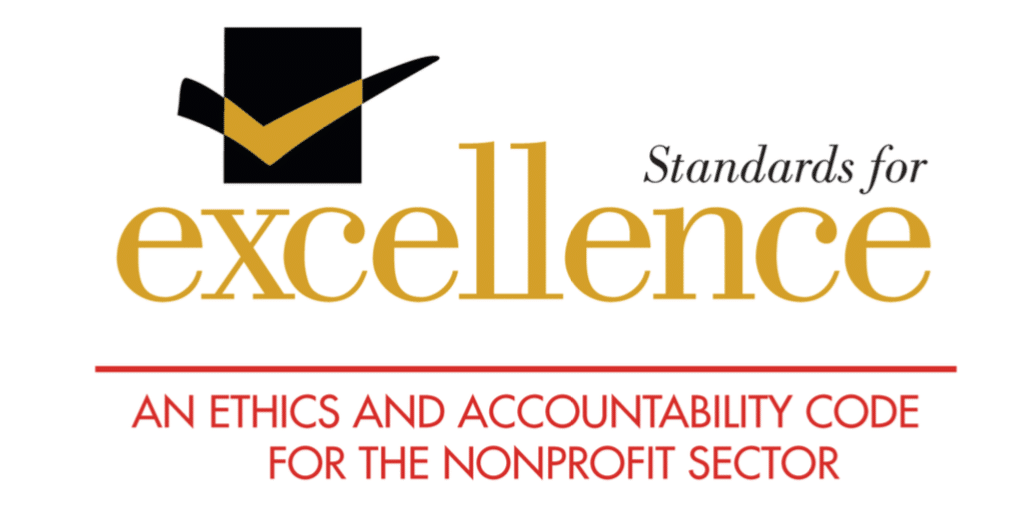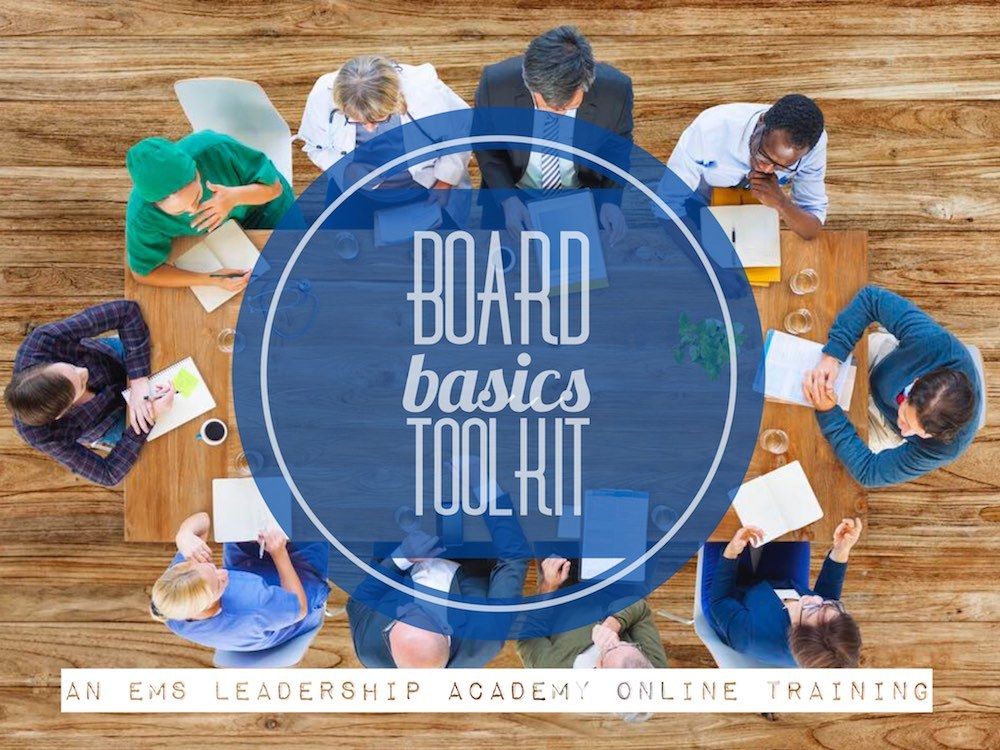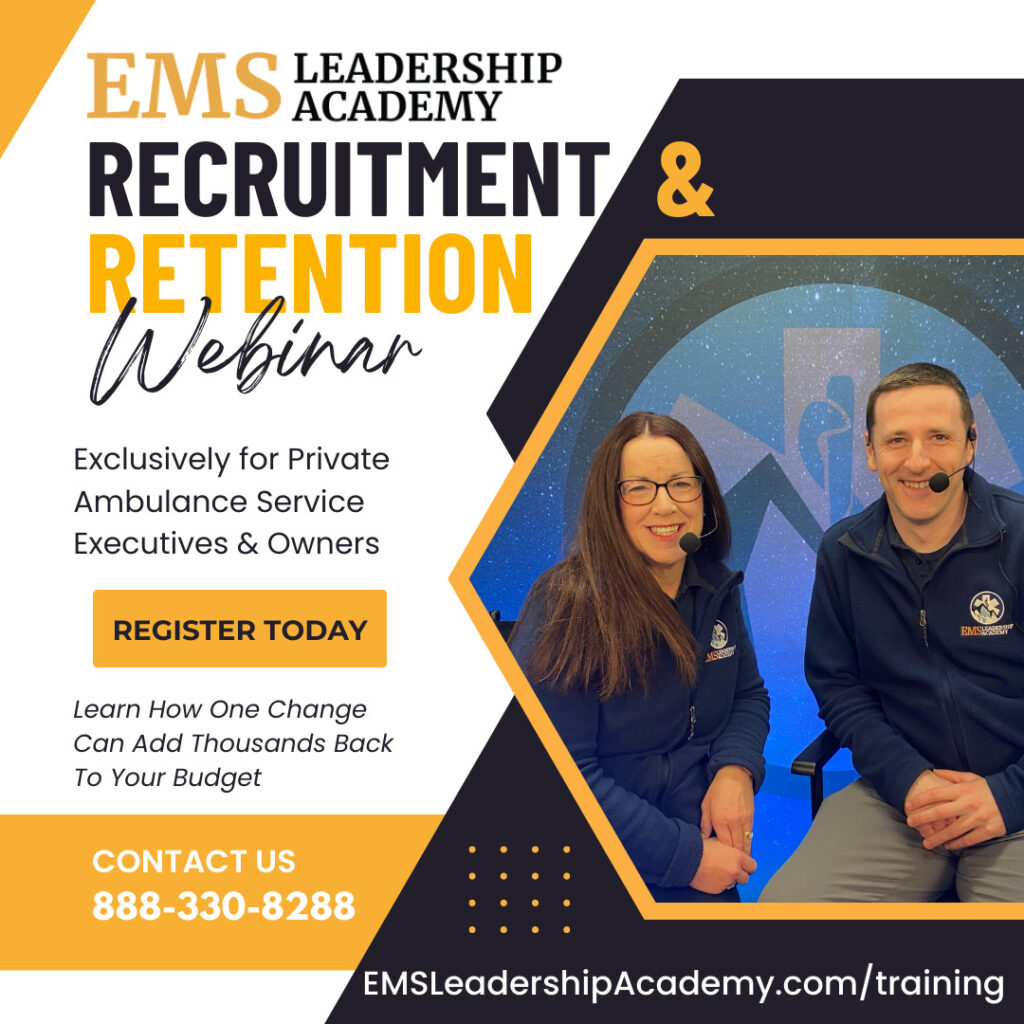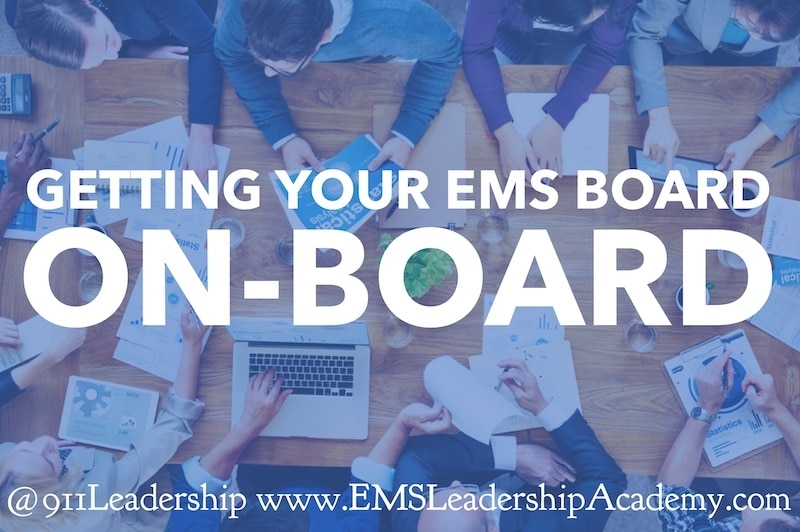
Putting together a well rounded board of directors.
We receive questions like this from across the country, and sometimes across the world, with very similar challenges - so don’t feel that you’re alone. Creating engagement with many stakeholders can feel like an impossible task. You not only have a board, but you have clients (or patients), staff and/or volunteers, the general public, funders, and other non-profit organizations or departments you work with. But when you realize that creating engagement with your board can lead to engagement with all of those other stakeholders, that’s when the magic happens.
If you’re asking this question, you’ve likely felt disempowered around your board’s leadership or felt a sense of clarity or direction missing. It’s also likely that your board members have lost clarity in their own purpose. Consider the board is not your problem, it’s actually your golden opportunity.
Non-profit boards are vital to the long term success and sustainability of any organization. A board’s function is often misunderstood, I admit after spending 14 years as the President of a nonprofit ambulance company interacting with a board, it felt like a rollercoaster and at times I was just along for the ride. We had our ups and downs. I had my own false expectations that every board member would be excited to talk about the future as opposed to dwelling on the past or watching the clock to cut a meeting short and not see them for another month. Others were excited and engaged a little too much in the daily operations leading to other problems. None of us knew or had formal board training to understand our responsibilities and draw boundaries. Usually when I talked about creating a vision for the future, it was seen as a waste of time, they already knew the mission or some board members just refused to participate.
A Board’s First Directive
A board’s primary responsibility is governance, not operations. Their primary duty is as fiduciaries responsible for financial oversight and legal compliance. A board is tasked with ensuring the organization stays financially solvent, has a strategy, and has both short and long term goals.
Staff Does Not Solve All Problems
The organization should have a President or Executive Director (ED) who is responsible for the day to day operations that reports to the board. An elected board chairperson should ensure that the board doesn’t cross the line and become too involved in the daily operations. If at least half the meeting is not spent discussing a board’s governance plans or long term strategy, the board is likely overreaching. Wait, governance? Strategy? -- How are we ever going to talk about governance for half our meeting? I’ll get to that shortly!
Boards are encouraged to have several working committees as to not overburden a board meeting or expect the ED to take on every new idea the board comes up with. Successful boards have committees that meet and bring developed ideas for final approval to the board along with the input of the ED.
Failure to Orient and Create Agreements
Most organizations are just looking for a warm body to fill a board seat. While this may seem like the easy solution because “No one wants to volunteer”, “We don’t have the bodies”, “We’re only volunteers” -- These are all excuses. Especially the last one.
People do indeed want to volunteer and make a difference, you just need to give them a good enough reason to make a difference in your organization and their community. They also must be getting some development out of this experience, you don’t want them to just be doing your organization a favor.
Don’t have the bodies? You can revise your bylaws and create community board member seats. Your local chamber of commerce likely has a cadre of people ready to step up, it comes down to you having the right structures in place to on-board and orient them. Just make sure you fully explain your mission, what a new board member’s expected commitment is and have them sign an agreement that they understand.
Review or create your orientation and on-boarding process. Don't live in the echo chambers of the organization's past. Add in a simple to read and informative book that gives new perspectives.
Here are two excellent books I am recommending to boards:
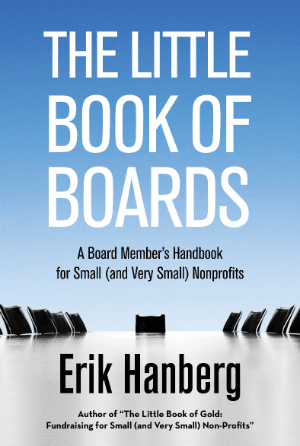
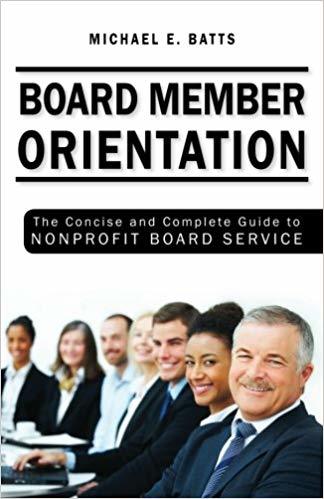
Where to Begin & The Answer You’ve Been Looking For
Recently I was introduced to the Standards for Excellence Institute, a national framework for nonprofit organizations to “raise the level of accountability, transparency, and effectiveness of all nonprofit organizations to foster excellence and inspire trust.” The Standards for Excellence® provide an easy to follow framework to achieve a well-managed and responsibly governed organization through six guiding principles and 27 topic areas.
The Standards cover six areas of nonprofit governance, operations and management:
- Mission, Strategy & Evaluation
- Leadership: Board, Staff, & Volunteers
- Legal Compliance and Ethics
- Finance and Operations
- Resource Development
- Public Awareness, Engagement and Advocacy
Leading non-profit experts from around the United States have collectively studied, collaborated, and enhanced these standards over the last 20 years. They continue to evolve as our world changes and thus keep your organization evolving with it.
Personally, I wish I had known about the Standards for Excellence 15 years ago when I attended my first nonprofit board meeting. Their code of ethics & accountability and the plethora of resources to guide nonprofits through some of the most complex issues is invaluable! There really is no need to reinvent the wheel. A study of organizations who obtained accreditation through the Standards for Excellence Institute were found to have more direct public support than others within their industry.
You can start by taking an assessment of your organization through a checklist of different topic areas of the Standards code. Check off those policies and practices that you feel your organization has addressed and start working on small wins, or addressing the easiest to implement first.
Enhancing Public Trust
As a nonprofit or municipal health organization we are entrusted that the people within our organizations will make decisions ethically, with sound judgement, and in good faith. Obtaining recognition or accreditation through the Standards for Excellence will set your organization apart from others with a seal of approval you can proudly share. It will further enhance the trust of the public that your organization will continue to operate with the best intentions.
Full Disclosure - I Jumped In Head First
I jumped in head first. I saw an organization who had done all of this work and I needed to know more. So I have recently become recognized by the Standards for Excellence Institute for successfully completing their rigorous Licensed Consultant training program. Presently celebrating “Ten Years of Advancing Excellence,” the Licensed Consultant training is an exclusive, professional development initiative that gives independent consultants the knowledge, skills, and tools necessary to work with nonprofit organizations across the country interested in learning about the Standards for Excellence, implementing the code, and becoming accredited by the Standards for Excellence Institute. The organization and programs they have put together far exceeded my expectations. The quality of the staff members, facilitators, and volunteers has astounded me. The materials, and depth of knowledge that it has taken to create these resources are really incredible. Visit the Standards for Excellence Institute website or download their mobile app to carry the Standards with you. You won’t be disappointed.
There are 1-2 hour introductions or multi-day courses that can help you on a path to implement these best practices and achieve accreditation. If you have any questions, feel free to reach out as I am proudly licensed by the Standards for Excellence Institute® to assist nonprofit organizations implement the Standards for Excellence®: An Ethics and Accountability Code for the Nonprofit Sector.” We are available and happy to assist in navigating the sometimes complex issues of getting your board “on-board”.


